The Tribal Research Institute and Museum in Jharkhand is a display of the state’s tribal heritage, featuring a remarkable design. Its primary goal is to document and preserve the lifestyle of the tribal population, resulting in a diverse collection of ethnographical kits, artefacts, and authentic tribal art. The museum provides detailed insights into the culture and way of life of tribes such as the Santhals, Mundas, Oraons, and Ho, who inhabit the region. Additionally, it serves as a valuable research and educational centre, offering extensive information and learning opportunities.
Quick Details About Tribal Research Institute And Museum
Location: Morabadi, Ranchi, Jharkhand
Timings: 10 AM – 5 PM (Closed on Mondays)
Entry Fee: Free
Nearest Airport: 10 kms from Birsa Munda Airport, Ranchi
Nearest Railway Station: 6 kms from Ranchi Railway Station
Best Time To Visit: October to March
Location
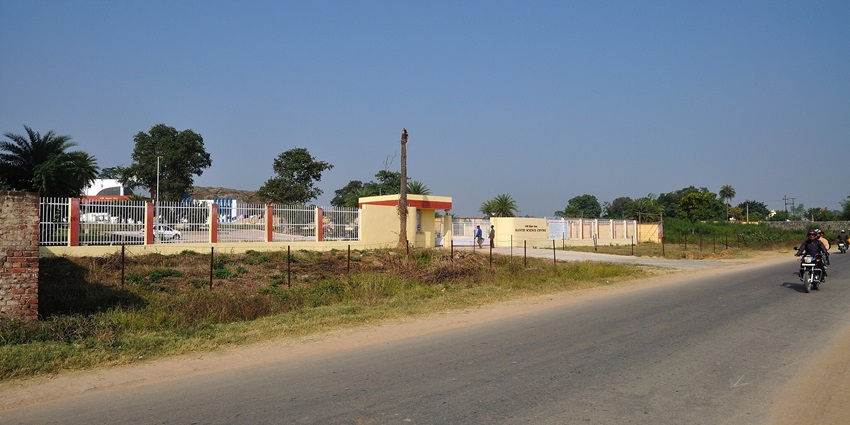
Photo: Biswarup Ganguly / Wikimedia Commons
Tribal Research Institute and Museum is located in Ranchi, near Doranda district. It is near Morabadi Ground, where the cultural and social functions of the people of Ranchi are usually held. NH 43 runs through the area, connecting Ranchi to various regions and Ranchi-Gumla Road is another route that provides access to the institute. The nearby landmarks are Doranda College, which is 1 km and Ranchi University, 2 kms distance from the institute and museum.
Suggested Read: Uncover the Beauty of Hazaribagh Wildlife Sanctuary – A Nature Lover’s Paradise
How To Reach
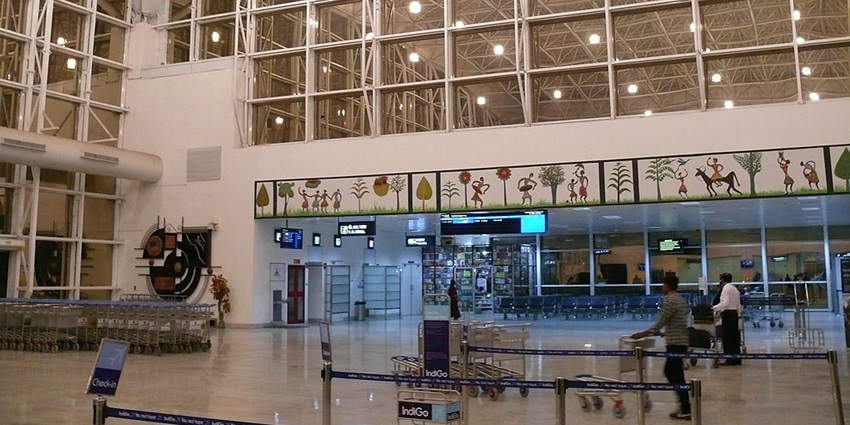
Photo: Peter Potrowl / Wikimedia Commons
After travelling by air or by rail, you can reach the destination by road. Ranchi has a well-established network of roads.
By Air: The nearest airport is Birsa Munda Airport, which is approximately 10 kms away from the museum. Taxis are available at the airport, and the drive will take around 25-30 minutes.
By Railway: The closest railway station is Ranchi Junction, located approximately 6 kms from the museum. You can take a short taxi or auto ride and reach the museum within 15-20 minutes.
By Road: The museum is easily accessible by road. You can reach Morabadi by bus, auto-rickshaw, taxi, etc. or take a bus from Birsa Munda Bus Terminal, Khadgarha, which is 5 kms away.
Things To Do
The Tribal Research Institute and Museum offers a range of activities and exhibits that celebrate the indigenous culture and heritage of Jharkhand’s tribal communities.
1. Explore Tribal Art And Artefacts
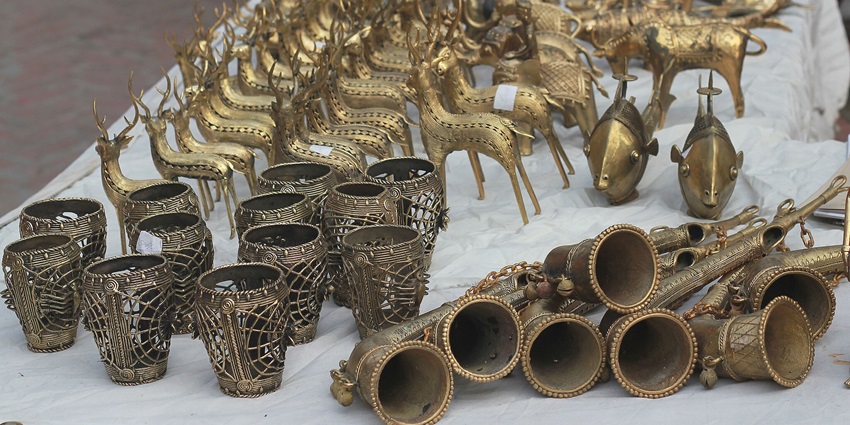
Photo: Sumita Roy Dutta / Wikimedia Commons / Image For Representation Only
One cannot help but admire the spectrum of exhibits of tribal art, tools, ornaments, and traditional costume and attire. Each of the displays at the museum sends you on an imaginary journey to the world of the Jharkhand tribes, their daily routine, agricultural activities, craftsmanship, and many other fascinating aspects. It is quite remarkable that the musical instruments, weaponry, items for rituals, etc., are displayed. A series of models of tribal houses on show gives a complete idea of the peculiarities of the tribes in question.
Suggested Read: Water Parks In Ranchi
2. Research And Workshops
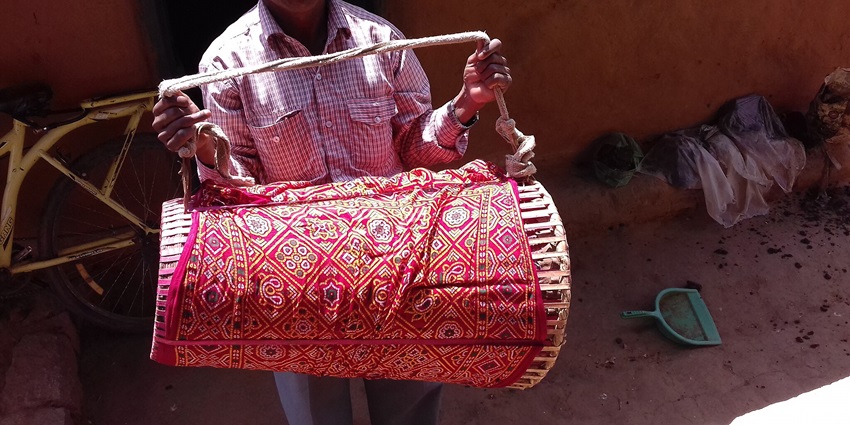
Photo: Putu7 / Wikimedia Commons / Image For Representation Only
The Tribal Research Institute functions as an academic institution and organises workshops, seminars, and various research activities in which scholars interested in tribal studies are welcomed. Its wide library and archive are the biggest resources and sense of knowledge for those who want to know more about the tribes of Jharkhand. The museum has a dedicated section that showcases tribal festivals, rituals, and dances. Through interactive displays and audio-visual presentations, you can learn and experience the vibrancy of the tribal festivals like Sarhul, Karma, and Mage Parab.
Places To Visit Around Tribal Research Institute And Museum
After exploring the museum, there are several nearby attractions to complete your cultural tour of Ranchi:
1. Tagore Hill
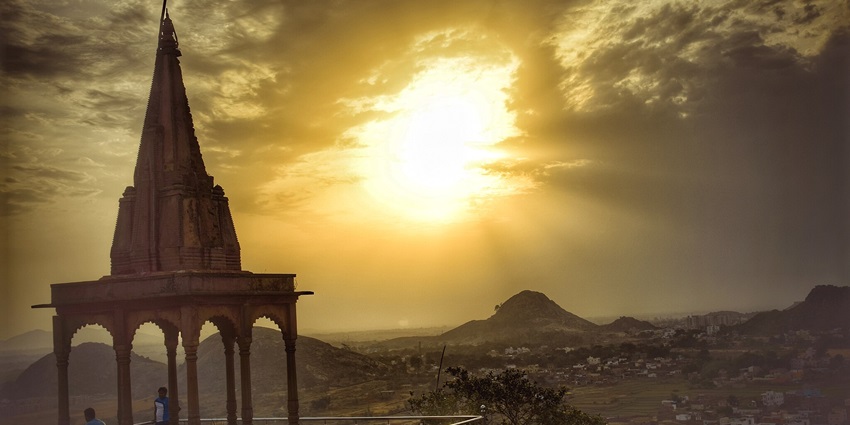
Photo: Vaibhavraj241 / Wikimedia Commons / Image For Representation Only
Tagore Hill is one of the most popular tourist spots. Situated 4 kms from the museum, Tagore Hill is named after Rabindranath Tagore because his elder brother, Jyotirindranath Tagore, spent his last days on this hill. You can trek and experience beautiful sunrises and sunsets from the top. At the base of Tagore Hill, Ramkrishna Mission Ashram is located in the centre of Agrarian Vocational Institute and Divyayan. It takes 1-2 hours to explore the hill and enjoy Sarowar Vihar Park and Divyan Lake near the ashram.
Timings: Open all day
Entry Fee: No entry fee
Suggested Read: Hill Stations Near Dhanbad That You Cannot Miss Out On
2. Ranchi Lake
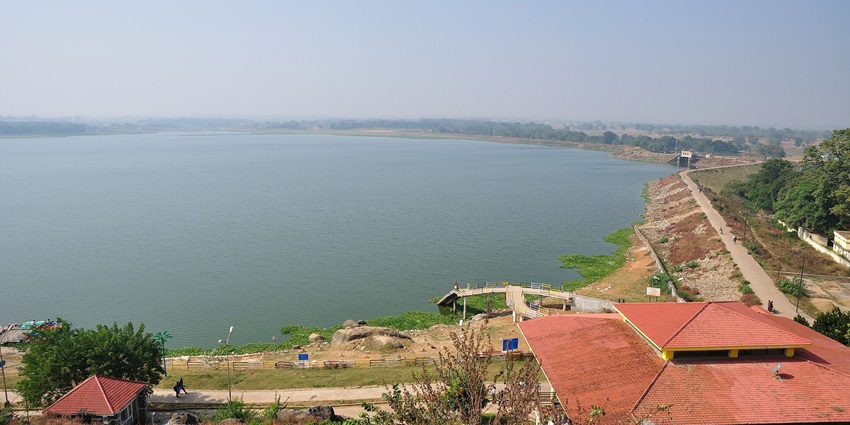
Photo: Biswarup Ganguly / Wikimedia Commons / Image For Representation Only
Ranchi Lake is just 5 kms from the museum on the way to Kanke Road. The lake was excavated by Colonel Onsely in 1842, who later sold it to the Maharaja of Ramgarh. One can relax here watching the placid waters. Rowing and boating facilities are operated by the Ranchi Boat Club. The lake also provides a good panoramic view of the city and is a popular picnic spot. The lake is also known as Bada Talab and is spread over a vast area of more than 50 acres.
Timings: 9 AM – 5 PM
Entry Fee: Boating charges apply
3. Rock Garden
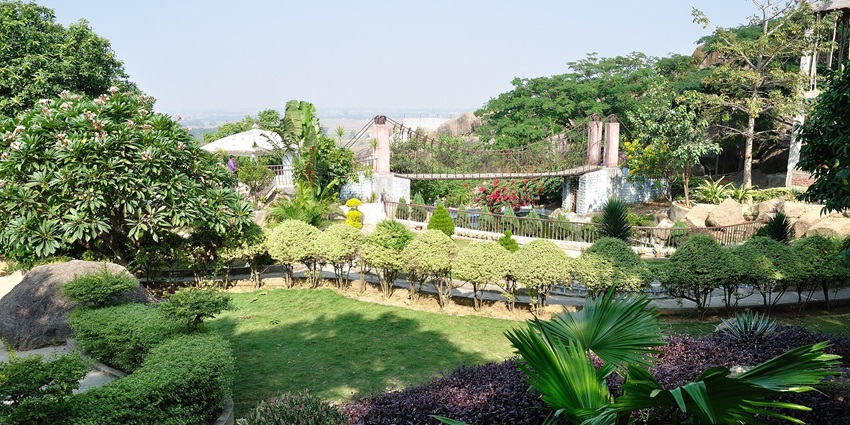
Photo: Biswarup Ganguly / Wikimedia Commons
Another place that is a must-see is the Rock Garden, which is located about 6 kms away. The garden has been built using the natural rock formations of Ranchi, and you can enjoy beautiful landscapes, sculptures, and a fantastic view of the Kanke Dam. This place is a paradise for nature lovers and photographers. The garden features several man-made waterfalls, distinctly shaped rocks, sculptures, and art, and you can enjoy boating in the water from Kanke Dam.
Timings: 9 AM – 6 PM
Entry Fee: ₹10
Suggested Read: Shopping Malls In Ranchi
4. Ranchi Science Centre
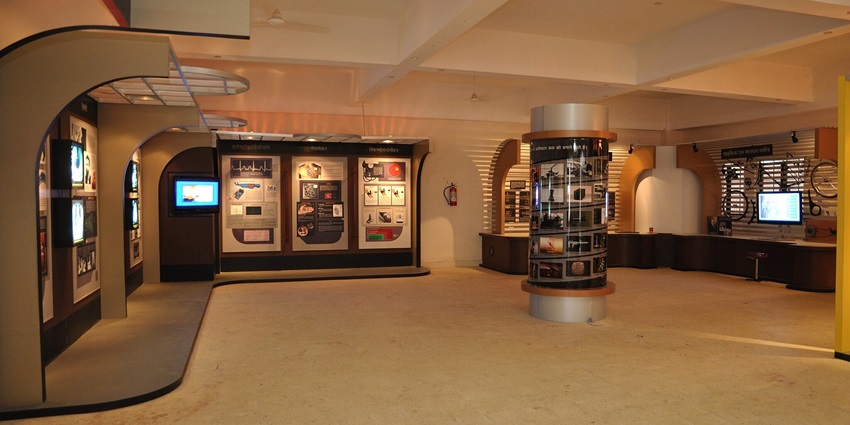
Photo: Biswarup Ganguly / Wikimedia Commons
Ranchi Science Centre is situated at a distance of 7 kms from the museum. This is one of the best places to visit for families and students who are interested in science and technology. Here, you can find many interactive exhibits, science models, and 3D theatre. It is both fun and educational. The centre is a two-storied building that houses three permanent thematic galleries in a covered area of 42,000 square metres on 13 acres of land.
Timings: 10:30 AM – 5:30 PM
Entry Fee: ₹15 for adults, ₹10 for children
5. Pahari Mandir
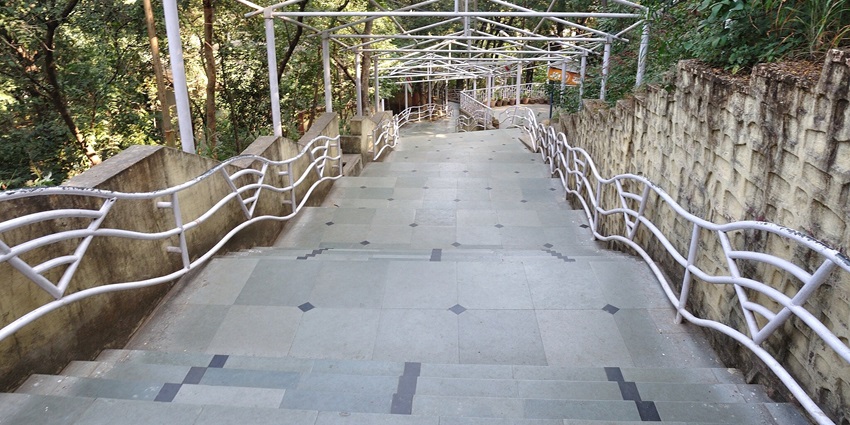
Photo: Biswarup Ganguly / Wikimedia Commons
Located 8 kms from the museum, the Pahari Mandir is on top of a hill and stands at an elevation of about 2,140 feet. It is the most significant religious place dedicated to Lord Shiva. One can have an awe-inspiring view of the whole city from here. This place is an object of pilgrimage for the devotees and Mahashivratri is the most important occasion here. To reach the temple one has to climb 400 stairs.
Timings: 5 AM – 6 PM
Entry Fee: No entry fee
Suggested Read: Tapovan Caves And Hills
Other Factors To Consider
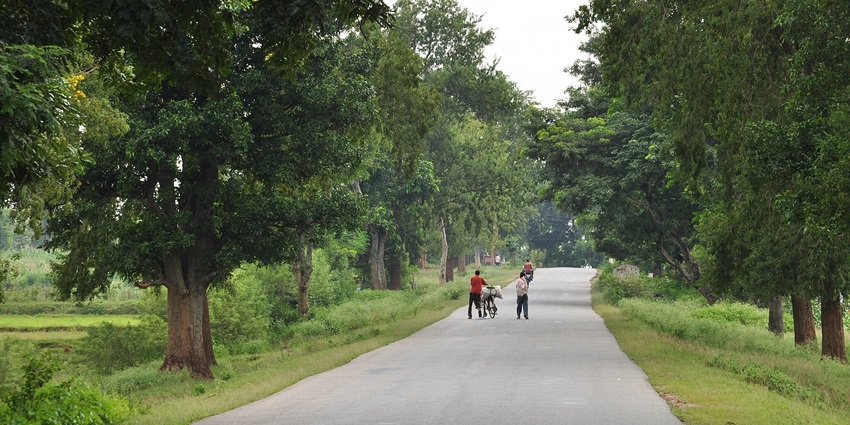
Photo: Biswarup Ganguly / Wikimedia Commons
- Cost and Expenses: Entry fees for the Tribal Research Institute and Museum are often minimal, but it’s advisable to check for any additional costs for guided tours or special exhibitions. Be sure to budget for transportation and accommodations.
- Tips for Tourists: Arrive early to avoid crowds and make the most of your time exploring the exhibits. Engaging with local guides can provide valuable insights into the tribal cultures represented in the museum.
- Weather: Jharkhand experiences a tropical climate, so check the weather forecast before your visit. The best time to visit is from October to March when temperatures are more moderate and pleasant for outdoor exploration.
The Tribal Research Institute and Museum is not only a mere collection of artefacts but also a homage to the old and varied traditions of Jharkhand’s tribal communities. It has many displays of tribal culture and services related to the issues and the exceptionalities of the tribal life of Jharkhand. If you want to explore India’s cultural sights, or want to know more about how the Jharkhand inhabitants live, plan your trip here with TripXL.
Cover Photo: Msfolklore / Wikimedia Commons / Image For Representation Only


 WhatsApp
WhatsApp
 Twitter
Twitter









